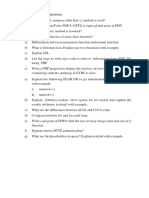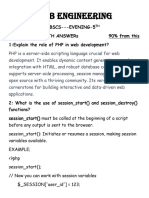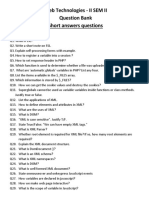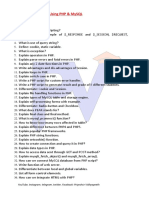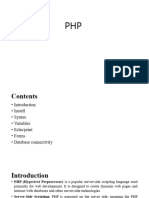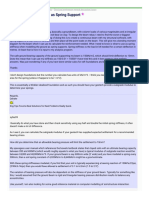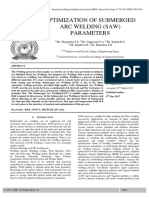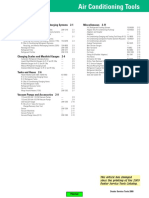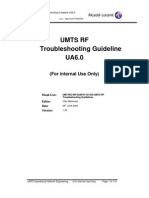0% found this document useful (0 votes)
57 views7 pagesAdvance PHP Detailed Final
The document is a comprehensive question paper on Advanced PHP, covering topics such as PHP DOM functions, XML Parsers, AJAX advantages, server variables, self-processing forms, and the differences between GET and POST methods. It includes examples of classes, XML structure, AJAX web application models, and PHP programs for adding numbers using AJAX. Additionally, it discusses sessions, cookies, MySQL database connections, and the differences between include and require, as well as the MVC architecture in PHP.
Uploaded by
rohitbarkade92092Copyright
© © All Rights Reserved
We take content rights seriously. If you suspect this is your content, claim it here.
Available Formats
Download as PDF, TXT or read online on Scribd
0% found this document useful (0 votes)
57 views7 pagesAdvance PHP Detailed Final
The document is a comprehensive question paper on Advanced PHP, covering topics such as PHP DOM functions, XML Parsers, AJAX advantages, server variables, self-processing forms, and the differences between GET and POST methods. It includes examples of classes, XML structure, AJAX web application models, and PHP programs for adding numbers using AJAX. Additionally, it discusses sessions, cookies, MySQL database connections, and the differences between include and require, as well as the MVC architecture in PHP.
Uploaded by
rohitbarkade92092Copyright
© © All Rights Reserved
We take content rights seriously. If you suspect this is your content, claim it here.
Available Formats
Download as PDF, TXT or read online on Scribd
/ 7












